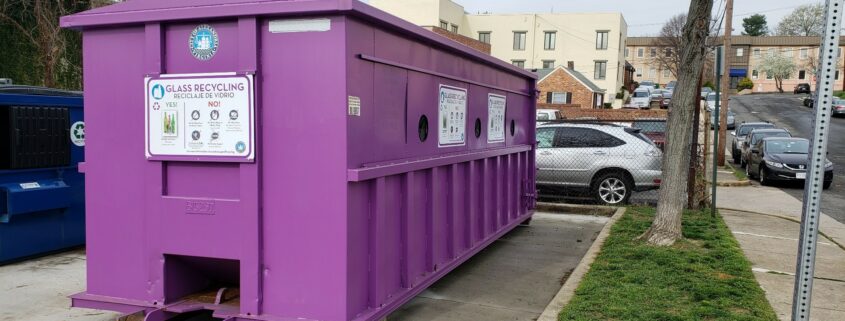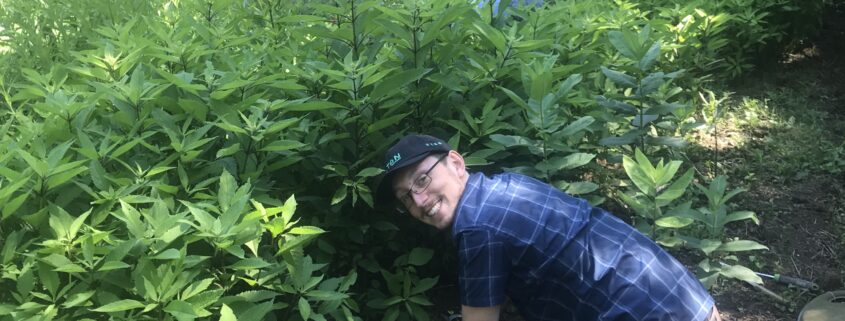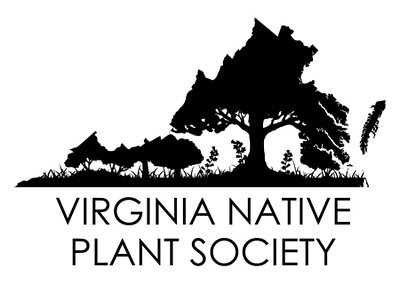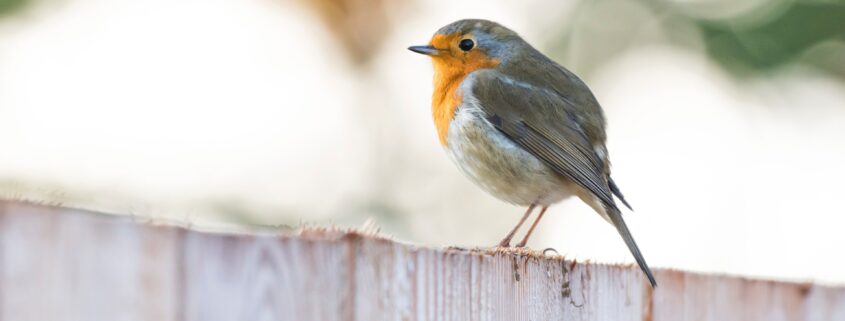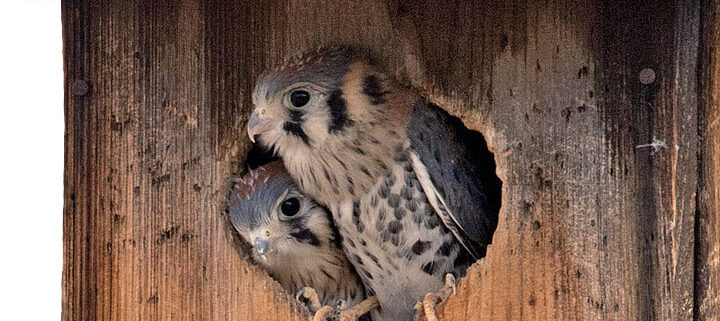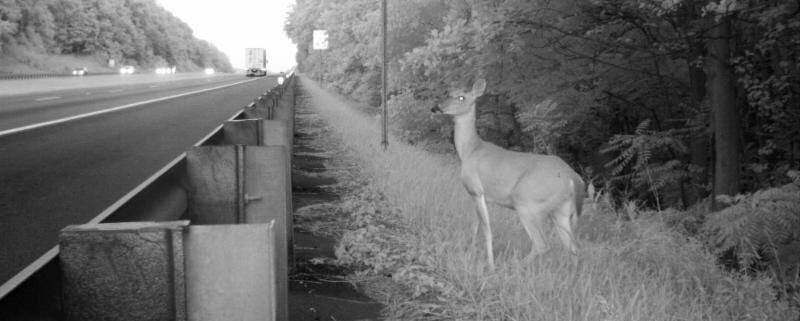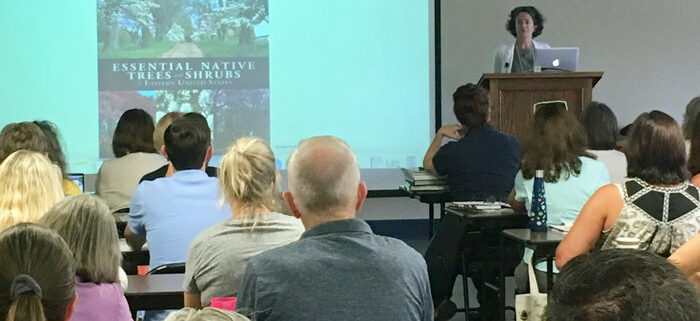article by Plant NOVA Natives staff
On August 7, over a hundred people attended Plant NOVA Natives’ first conference on native plants for professionals, including representatives from 39 professional landscaping companies. Although homeowners can drive demand for native plants, most residential and commercial landscapes in Northern Virginia have been designed and installed by professionals. If our neighborhoods are to evolve in a way that supports the local ecosystem, landscaping industry leadership will be critical.
The Plant NOVA Natives campaign is not just about educating citizens about why and how to use native plants as a first step toward creating home habitat. The campaign also creates resources that are tailored to the needs of professionals. This has included the development of a reference guide that identifies locally native plants that are reliable, widely available, beautiful, and suitable for conventional landscape settings. Curb appeal is important to customers and can be easily obtained using the right native plants. This guide and other resources can be found in the professionals section of the Plant NOVA Natives website.
The conference agenda included three hour-long presentations. Brad Motter from Gone Native Landscapes reviewed the critical role of insects to our ecosystem and the ecological benefits of native plants in the food web supporting wildlife, and discussed how to promote them to customers. One of the examples he showed was the beautiful landscaping around Caboose Commons beer garden and coffee house in Fairfax. By coincidence, a landscape designer in attendance raised his hand to mention that he had been responsible for that design, news that was received with applause! Ginger Woolrich then highlighted the landscaping value of various trees and shrubs, information which can be found in her highly practical book Essential Native Trees and Shrubs, which she co-authored with Tony Dove. Ginger and Tony have included a wonderful cross reference of landscape usage and growing conditions to identify trees and shrubs for many different situations. Elisa Meara wrapped up the conference with a talk on the native perennials which she uses the most in her business, Native Plant Landscape Corp.
The conference was made possible by seed money provided by Transurban’s Express Lanes Community Grant Program and by the collaboration of several organizations. Merrifield Garden Center provided the venue, and the Northern Virginia Nursery and Landscape Association and the Audubon-at-Home program contributed essential logistical support. Meadows Farms and the Chesapeake Bay Landscape Professionals publicized the event on their email lists for professionals. The resulting turnout was very gratifying and demonstrated the need for further conferences in the future.
The fate of the birds, butterflies flies and other native creatures of Northern Virginia is in human hands, and in large part that depends on the actions of members of the landscape profession and their ability to educate their customers on how to become environmental stewards. This is a wonderful opportunity for them to make an important difference to the quality of life of all of us as we work together to protect the ecosystem and mitigate the climate crisis.





